If I were to approach a university president about teaching a course on the History of High School Basketball in Kentucky, I’m confident he or she would look at me as if I were a Martian and dismiss the idea by saying there was no money for such a frivolous class.
That would be a shame, of course, because the course would be about much more than basketball. It would be about culture, race, geography, local, politics, coal, agriculture, education, and sociology. It would do more to teach youngsters about who we are as Kentuckians and the ties that bind us from border to border.
I was born and raised in Kentucky, but I didn’t really start learning about the Commonwealth until I started covering sports for The Lexington Herald-Leader in the 1959-60 academic year. I was a 16-year-old sponge, soaking up all the knowledge I could about the coaches, teams, and communities.
In those days, a young writer had to do his homework every bit as much as a student in a classroom. If you were going to interview a revered coach such as Lafayette High’s Ralph Carlisle or Dunbar’s S.T. Roach or Pikeville’s John Bill Trivette, you had better know your stuff if you didn’t want to get embarrassed or ignored.
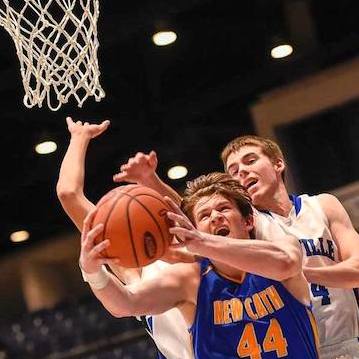
So I learned about the legends. I loved to pick the brains of the coaches and veteran sports writers such as Billy Thompson and Larry Van Hoose. From them, I learned about which school superintendents were the best at working the legislature for money to build roads, schools, and gyms. I learned which principals care the most about winning. I learned who opposed integration and why.
I think about this stuff a lot because I’m vice-chairman of the Kentucky Basketball Hall of Fame committee. We’ve already inducted four classes and have two more to go in order to reach our goal of 100 inaugural members by 2018, when the State High School Basketball Tournament – the famed “Sweet Sixteen” – will celebrate its 100th anniversary.
We’re also working hard on completing the first phase of the Hall of Fame building, which will be housed in a renovated church in downtown Elizabethtown. Why an old church? Well, how many times have you heard it said that basketball is a religion in Kentucky?
We hope to create a high-energy atmosphere in the museum that captures what high school basketball has meant to the Commonwealth all these years. We will try to honor the legends and tell the stories in a way that will both entertain and educate future generations about why the game is more important in Kentucky than any other state, and, yes, I’m including Indiana and North Carolina.
It’s a daunting challenge, considering how high school basketball has changed since I first started covering it in 1959. I don’t have any official figures at my fingertips, but it seems to me that there has been considerable slippage in interest, attendance, and media coverage, not to mention the quality of coaching and play. So our challenge is to build a vibrant entertainment and education center that honors the past, promotes the present, and offers hope for the future.
I think consolidation has hurt high school basketball. When every little town had its own school, everybody in the community dreamed of the day when its team would make the “Sweet Sixteen.” Some of our most cherished legends revolve around schools that no longer exist due to consolidation – Carr Creek, Wayland, Brewers, and Flat Gap, to name a few.
I also think that busing, for whatever good it has done to promote integration, has deprived many schools of their identity and traditions. Nobody wants to go back to all-white or all-black schools. Yet it’s undeniable that the Louisville Central of today, for example, doesn’t have the same sort of loyal following it did when Muhammad Ali was a student there in the late 1950s.
As far back as the first State Tournament, interest in high school basketball has been driven by the star system. We love to see the kids who can do special things with a basketball. We loved the way “King Kelly” Coleman of Wayland could score, the way Howie Crittenden of Murray could dribble, the way Wes Unseld of Louisville Seneca could rebound and thrown an outlet pass.
We were able to follow many of the high school stars throughout their college careers. The ones who weren’t good enough for Adolph Rupp at UK often ended up at Louisville, one of the regional universities, or a small college such as Transylvania or Georgetown.
Today the commonwealth just isn’t producing as many blue-ribbon players as it did from the 1940s through the mid-90s. I have no idea why. But I do know that many of today’s best players are more loyal to their summer AAU team than to their high school team.
In fact, many of the so-called “blue-chippers” leave their high schools early to enroll in one of these “academies” that have sprung up around the nation. The loss of the stars hurts attendance and interest. It also hurts the high school coach’s stature and his ability to mold a team.
Back in the day, the high school coach was a respected leader in every community. He or she was on a first-name basis with parents, and they worked together to develop the kids both as players and people. Now that’s not the case, and maybe that’s one reason the quality of coaching has slipped.
At the King of the Bluegrass Tournament in December, I saw a team that looked great in warmups. The players had chiseled bodies and were obviously athletic. Then the game began and it was quickly obvious the team had no clue about how to play the game. If they ran a single pattern, it was invisible to the naked eye.
Today’s parents often get involved for all the wrong reasons. They want their son to be good enough to play a year for, say, John Calipari at UK and then go high enough in the NBA draft to become an instant millionaire. They care little or nothing about the kid’s education or his development as productive member of society.
But history goes in cycles, and I’m not ready to give up on high school basketball. There still are towns where the high school team is an integral part of the community’s identity.
There still are good coaches who won’t surrender their authority easily to a summer coach who doesn’t necessarily have a players’ best interest at heart.
And there are still players who value their communities enough to stay home instead of moving to some “academy” the is interested only in getting them ready for the recruiting meat market.
I never learned as much in any classroom about Kentucky’s geography and culture as I did by covering high school sports, particularly basketball. It still is one of the few things that Kentuckians have in common, and it’s still a great icebreaker when you meet somebody new.
Me: “Where are you from?”
You: “Breathitt County.”
Me: “You ever heard of Fairce Woods?”
You: “I never met him, but I’ve sure heard my Granddaddy talk about him and Marie Turner. She was the school superintendent who controlled all those jobs and she just loved Coach Woods.”
Me: “Let me tell you about the time…”
And so it has gone in Kentucky, as long as just about anybody can remember.
Billy Reed is a member of the U.S. Basketball Writers Hall of Fame, the Kentucky Journalism Hall of Fame, the Kentucky Athletic Hall of Fame and the Transylvania University Hall of Fame. He has been named Kentucky Sports Writer of the Year eight times and has won the Eclipse Award twice. Reed has written about a multitude of sports events for over four decades, but he is perhaps one of media’s most knowledgeable writers on the Kentucky Derby.








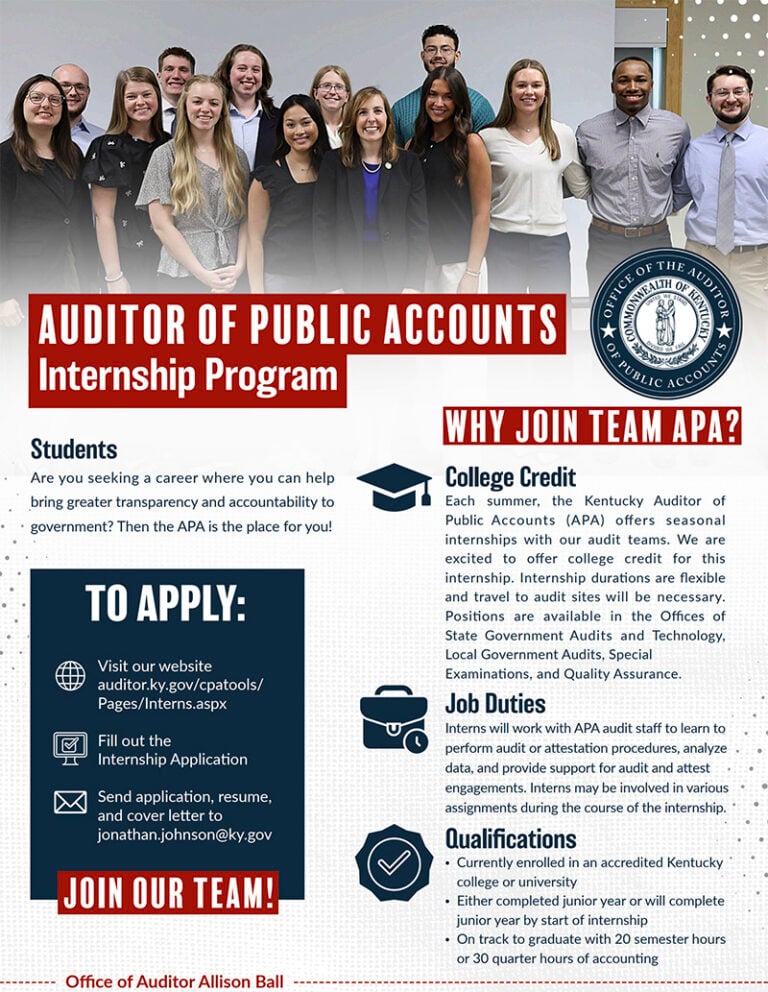
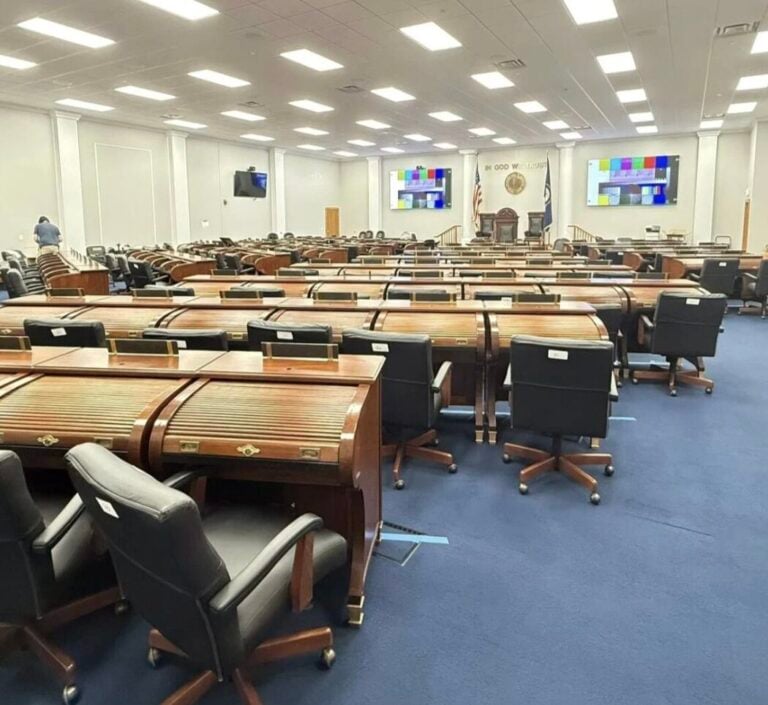

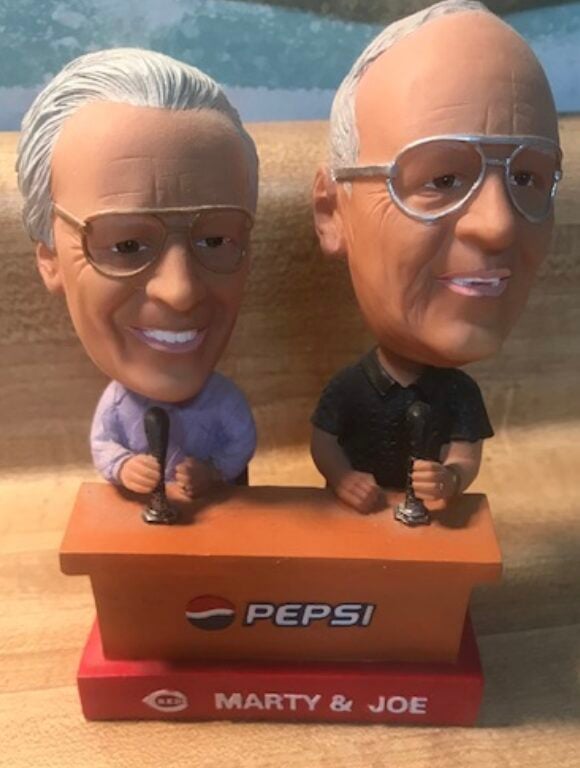



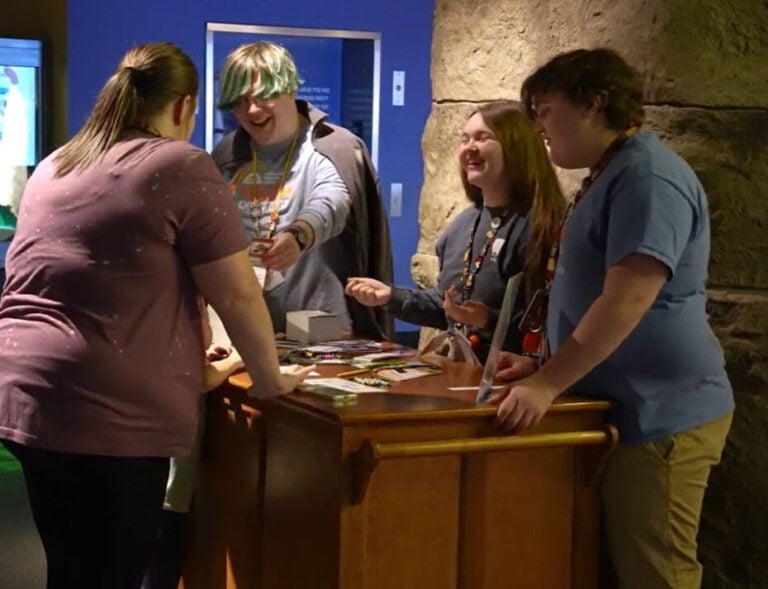
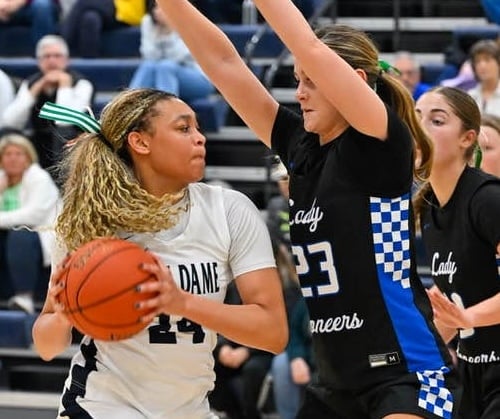

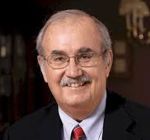
Did you say Bob Knight is suffering from dementia?